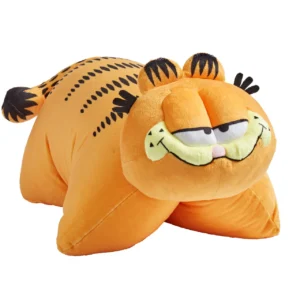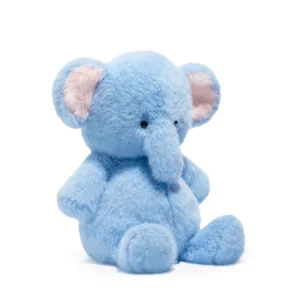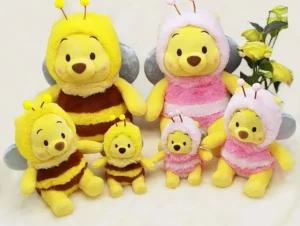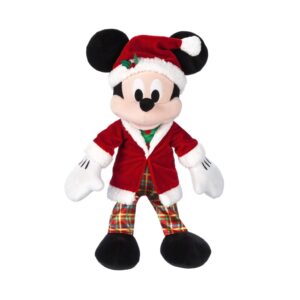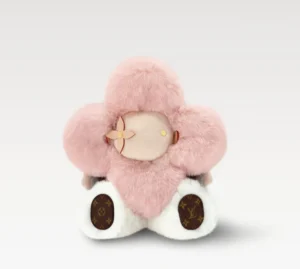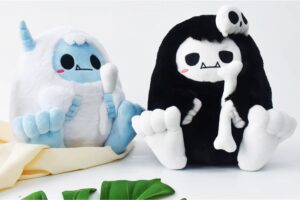Plushies and stuffed animals are often used interchangeably, but they have important differences in design, materials, and consumer appeal. Understanding these distinctions helps manufacturers and buyers better navigate the growing soft toy market.
Plushies usually refer to smaller, stylized, ultra-soft toys focused on cuteness and collectibility. Stuffed animals are more traditional, realistic, and durable soft toys, designed primarily for play and comfort.
Let’s explore the key differences between plushies and stuffed animals in detail.
1.What defines a plushie compared to a traditional stuffed animal?

Plushies are typically smaller and designed with exaggerated, cute features, emphasizing softness and personalization. Stuffed animals tend to be larger, realistic, and made for everyday play and cuddling.
Plushies often have whimsical designs, vibrant colors, and appeal to collectors. Stuffed animals stick to natural animal shapes and textures favored by children.
- Size: Plushies range from miniature to medium size; stuffed animals are generally medium to large.
- Design: Plushies feature cartoon-like faces and simplified forms; stuffed animals aim for lifelike appearances.
- Purpose: Plushies serve as collectibles or gifts; stuffed animals focus on play and comfort.
- Audience: Plushies attract teens and collectors; stuffed animals appeal to young children and families.
| Feature | Plushie | Stuffed Animal |
|---|---|---|
| Size | Small to medium | Medium to large |
| Design | Stylized, cute | Realistic, natural |
| Primary use | Collecting, décor | Play, comfort |
| Target audience | Teens, collectors | Children, families |
Recognizing these differences informs product development and marketing.
2.How do materials and construction differ between plushies and stuffed animals?
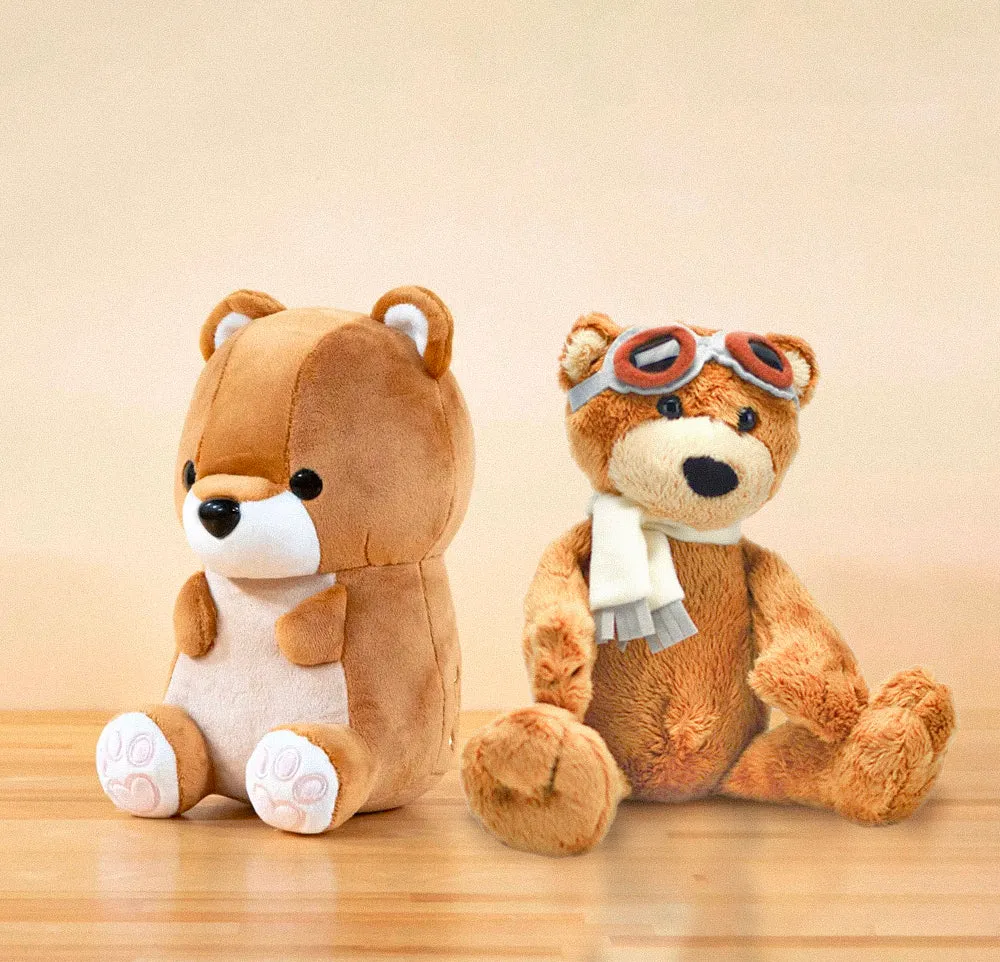
Materials for plushies are often ultra-soft fabrics like minky or velvet, with fine stitching to maintain softness. Stuffed animals use sturdier fabrics such as velboa or velour, built to handle rough play.
Stuffed animals usually have firmer filling to keep shape, while plushies use softer stuffing for a squishy feel. Construction techniques reflect these material choices.
- Fabric: Plushies favor softer, high-pile materials; stuffed animals prefer durable, medium-pile fabrics.
- Stuffing: Plushies have lightweight, soft polyester or cotton fillings; stuffed animals use denser fiberfill for form.
- Stitching: Plushies require delicate, often hand-finished stitching; stuffed animals use reinforced machine stitching.
- Detailing: Plushies use embroidered features to avoid small plastic parts; stuffed animals may have plastic eyes or noses.
| Aspect | Plushie | Stuffed Animal |
|---|---|---|
| Fabric type | Minky, velvet | Velboa, velour |
| Filling | Soft, light | Firm, dense |
| Stitching | Fine, delicate | Strong, reinforced |
| Details | Embroidery preferred | Plastic or embroidered |
Material and build choices affect durability and tactile experience.
3.Which design features distinguish plushies from stuffed animals?
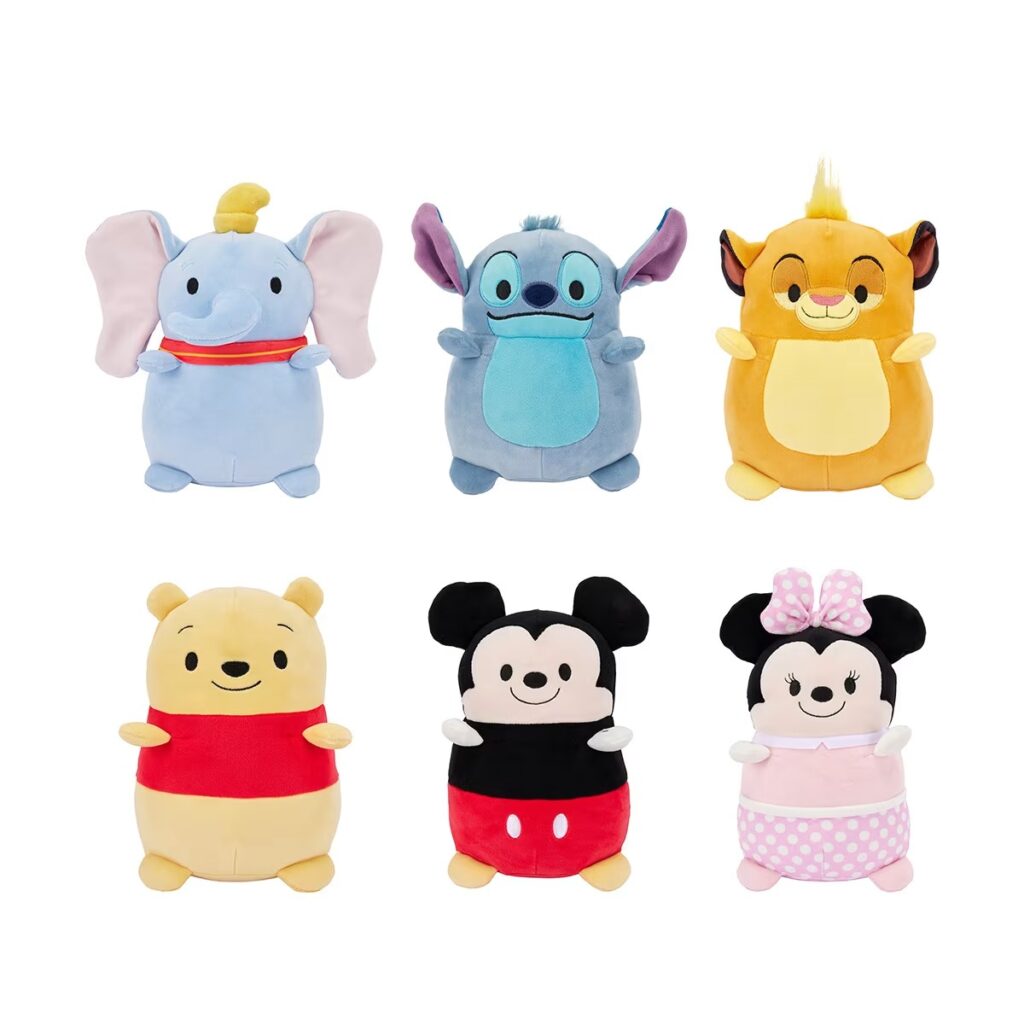
Plushies feature large eyes, round shapes, and bright colors to maximize “cuteness.” Stuffed animals focus on natural proportions and realistic markings to mimic real creatures.
Plushies also incorporate fantasy themes and pop culture elements more frequently, while stuffed animals remain true to classic animal designs.
- Eyes: Plushies have oversized, shiny embroidered eyes; stuffed animals have smaller plastic or embroidered eyes.
- Shape: Plushies use soft curves and simplified anatomy; stuffed animals maintain anatomical accuracy.
- Color: Plushies explore non-traditional palettes; stuffed animals use natural hues.
- Themes: Plushies often feature fantasy or licensed characters; stuffed animals focus on real animals.
| Design Element | Plushie | Stuffed Animal |
|---|---|---|
| Eye size | Large, exaggerated | Proportionate, realistic |
| Body shape | Rounded, soft contours | Anatomically accurate |
| Color scheme | Bright, varied | Natural colors |
| Character themes | Fantasy, fandom | Real animals |
These design cues influence market positioning and consumer appeal.
4.Are there differences in target markets and consumer preferences for plushies versus stuffed animals?
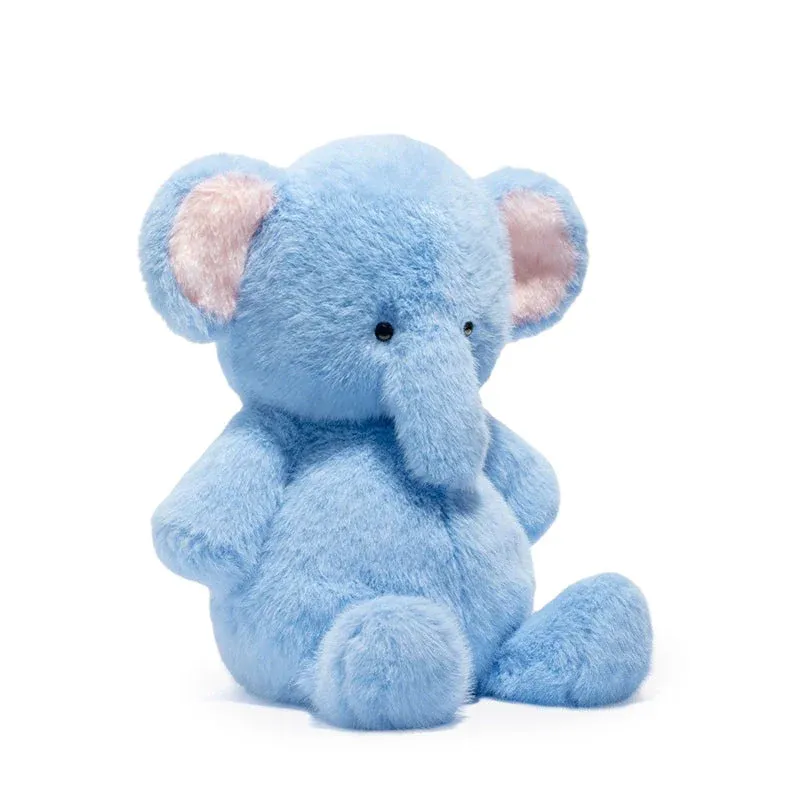
Stuffed animals mainly target young children and parents seeking safe, durable toys. Plushies attract teens, collectors, and fans of pop culture who value uniqueness and aesthetics.
The market for plushies is often niche but passionate, with a focus on limited editions and customization, while stuffed animals enjoy broad, family-oriented demand.
- Stuffed animals: Preferred for comfort, play, and familiarity by parents and children.
- Plushies: Valued for cuteness, collectibility, and personalization by teens and young adults.
- Gifting: Plushies often bought as gifts for special occasions or fandom events.
- Collecting: Plushies foster collector communities with exclusive releases.
| Market Segment | Stuffed Animals | Plushies |
|---|---|---|
| Primary buyers | Parents, children | Teens, collectors |
| Buying motivation | Comfort, play | Aesthetics, collectibility |
| Purchasing occasion | Everyday toys | Gifts, collectibles |
| Community | Family-oriented | Fan and hobbyist groups |
Understanding these helps tailor product features and marketing.
5.How do safety standards and regulations vary between plushies and stuffed animals?

Both plushies and stuffed animals must comply with strict safety regulations like ASTM, CPSIA, and CE. However, plushies often avoid plastic parts due to choking risks, using embroidered details instead.
Regulators focus on size, materials, and construction to ensure safety across all soft toys, but plushies require extra attention due to their popularity with younger and collector demographics.
- Stuffed animals: Require secure attachment of plastic eyes/noses and strong seams.
- Plushies: Tend to use embroidery and soft materials to minimize hazards.
- Material testing: Both must be free of harmful chemicals and flame retardants.
- Labeling: Proper age recommendations and care instructions are mandatory.
| Safety Aspect | Stuffed Animals | Plushies |
|---|---|---|
| Small parts risk | Higher due to plastics | Lower with embroidered parts |
| Seam strength | Must withstand rough play | Must ensure durability |
| Chemical safety | Strict testing required | Same as stuffed animals |
| Labeling | Age and care info | Same |
Safety compliance builds trust and market access.
6.What manufacturing processes impact the quality differences between plushies and stuffed animals?
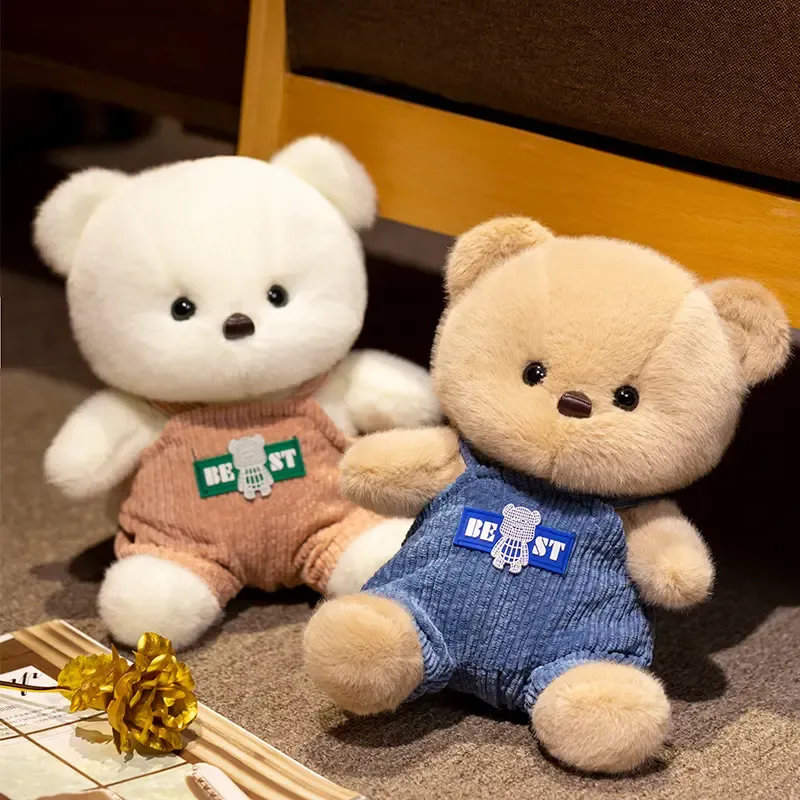
Stuffed animals usually rely on mass-production techniques focused on durability and volume, while plushies often require more intricate sewing, embroidery, and finishing to preserve softness and detail.
The hand-finishing steps for plushies, such as facial embroidery or accessory attachments, contribute to their higher production complexity and sometimes cost.
- Stuffed animals: Bulk cutting, machine stitching, standard stuffing.
- Plushies: Detailed fabric cutting, fine embroidery, careful stuffing.
- Quality control: Both require rigorous inspection but plushies demand more artistic precision.
- Customization: Plushies often include tailored designs, increasing manufacturing complexity.
| Process Step | Stuffed Animals | Plushies |
|---|---|---|
| Fabric cutting | Large panels | Small, detailed pieces |
| Stitching | Heavy-duty machines | Fine machines or handwork |
| Detailing | Plastic parts or simple embroidery | Elaborate embroidery |
| Stuffing | Dense, firm filling | Soft, lightweight filling |
Manufacturing methods reflect the product’s intended market and use.
Conclusion
Plushies and stuffed animals differ in size, design, materials, markets, and production. Knowing these differences helps businesses meet diverse customer needs effectively.
For expert plush toy sourcing and manufacturing advice, contact [email protected] or visit Kinwin Plush Toys.




